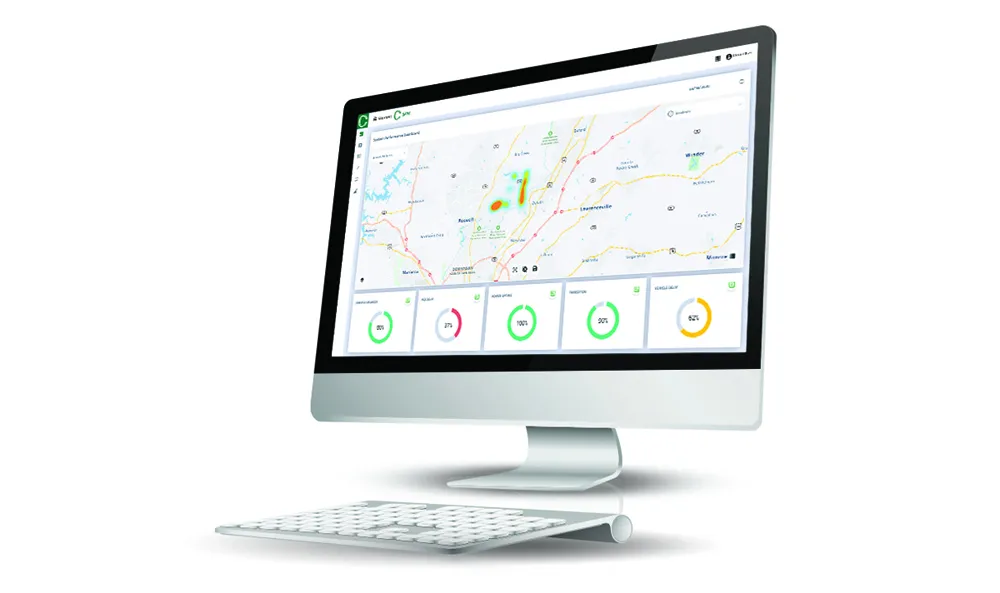Iteris has added new pedestrian measurement capabilities to its advanced video detection platforms with PedTrax, which it says automates measurement of the count, direction and speed of pedestrians in crosswalks to provide insights on levels of street life.
PedTrax provides transportation professionals and officials with data on foot traffic volume, direction and speed to optimise intersection signal timing and inform proactive improvements to signage and striping, intersection design, overpass locations
August 12, 2016
Read time: 2 mins
PedTrax provides transportation professionals and officials with data on foot traffic volume, direction and speed to optimise intersection signal timing and inform proactive improvements to signage and striping, intersection design, overpass locations, school crossing guard deployment and even economic development programs.
Automated counting of the number and speed of pedestrians provides better on-screen reporting in traffic control centres. PedTrax presents reliable, current data for grant applications and performance monitoring with documented down-to-the-minute as well as seasonal trends in pedestrian traffic patterns.
The data and analytics supplied by PedTrax, along with Iteris’ SmartCycle, can inform agencies where roadway operations should be made more pedestrian- or bicycle-friendly.
The new PedTrax pedestrian measurement algorithm will be pre-installed on all new Vantage detection systems and will be available as a free firmware upgrade to existing Edge2 and Vantage Next systems.
Iteris will unveil PedTrax at the ITE 2016 Annual Meeting in Anaheim, California, next week.










